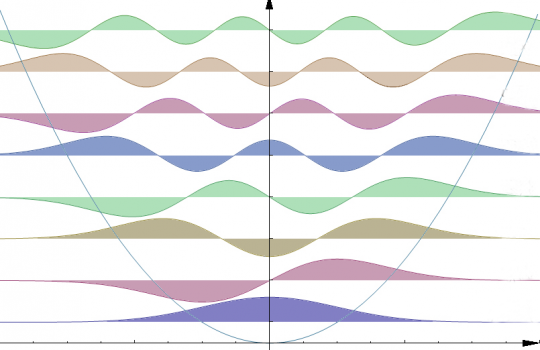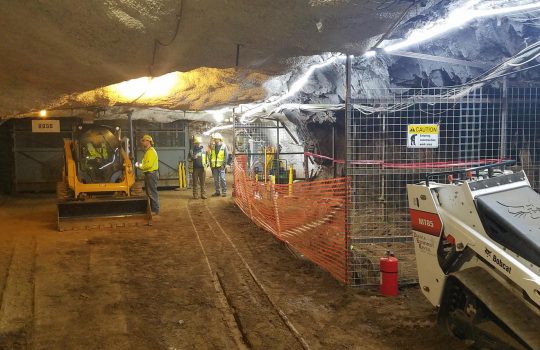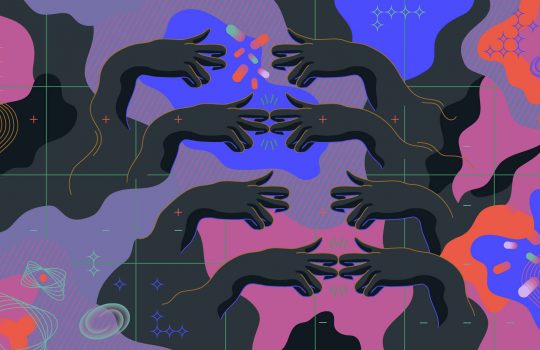First baby bison born at Fermilab herd this spring
From CBS Chicago, April 26, 2019: Officials say the calf was born on April 20, one of 12 to 14 expected this spring. The public is welcome to photograph and see the herd at the lab in Batavia, about 35 miles (56 kilometers) west of downtown Chicago. Admission is free.



